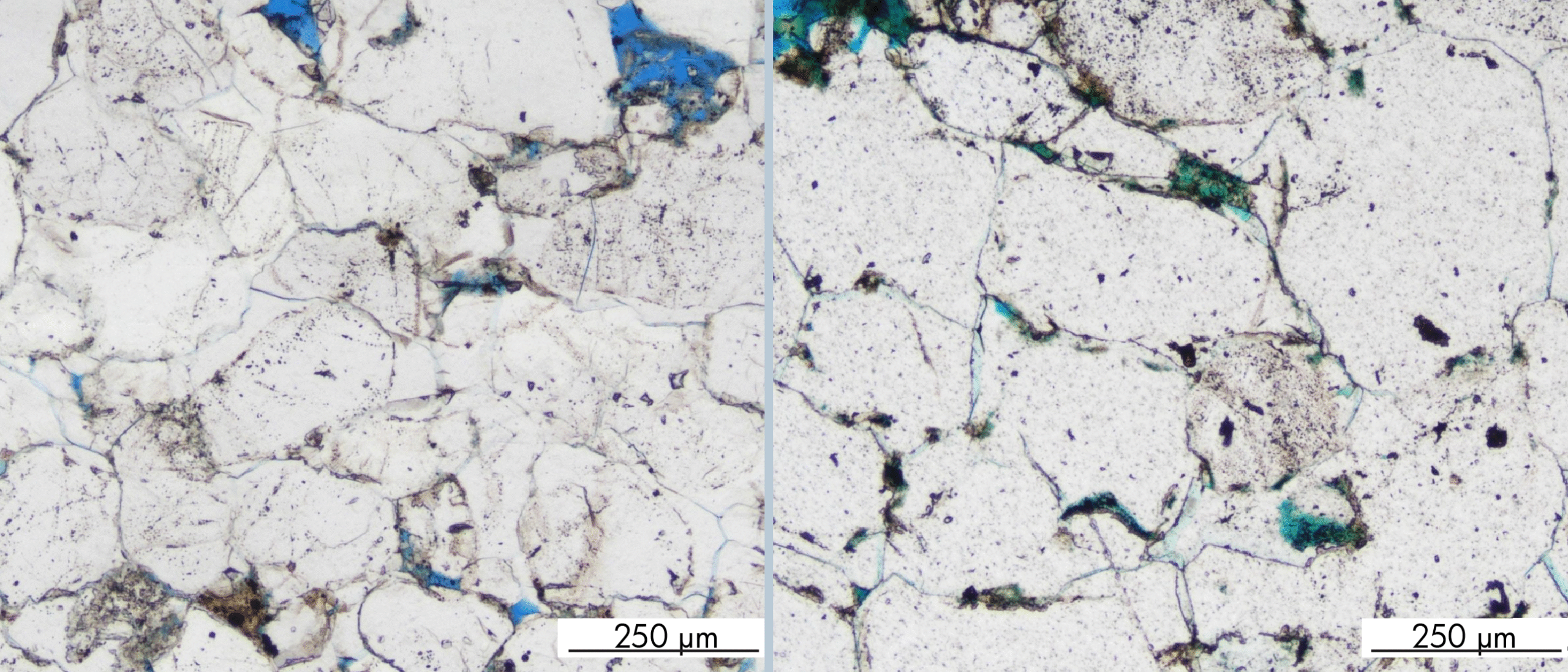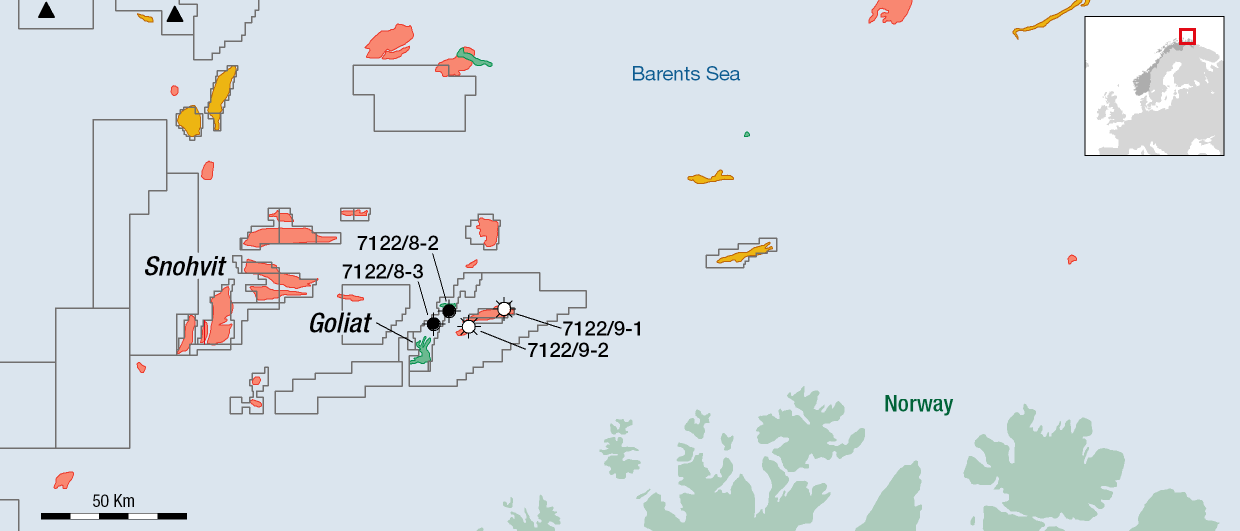The well’s primary exploration target was to prove oil in reservoir rocks from the Late Triassic Age (upper part of the Snadd formation).
The secondary exploration target was to prove petroleum in reservoir rocks from the Middle Jurassic Age (Stø formation) and in a deeper exploration target from the Middle Triassic Age (lower part of the Snadd formation).
The secondary exploration target in the Snadd formation was the same stratigraphic level as gas discovery 7325/1-1 (Atlantis), and well 7324/3-1 was also intended to delimit this discovery. Before well 7324/3-1 was drilled, the resource estimate for discovery 7325/1-1 (Atlantis) was between 0.5 and 2 billion Sm3 of recoverable gas.
In the primary exploration target, a total gas column of about 30 metres was encountered in the upper part of the Snadd formation, of which 20 metres was in an effective reservoir of primarily moderate to poor reservoir quality. The gas/water contact was encountered 1492 metres below the sea surface.
In the secondary exploration target in the lower part of the Snadd formation, gas was also encountered in sandstone of poor to moderate reservoir quality. The gas column has not been clarified, as efforts to define a gas gradient were unsuccessful due to the tight formation.
In the other secondary exploration target, 15 metres of aquiferous reservoir sandstone was encountered in the Stø formation, with moderate to good reservoir quality.
Preliminary calculations of the size of the discovery in the upper part of the Snadd formation are between 10 and 20 billion standard cubic metres (Sm3) of recoverable gas. In the lower part of the Snadd formation, the gas volume is estimated at between 1 and 4 billion standard cubic metres (Sm3) of recoverable gas.
The discovery’s profitability is currently unclear says the NPD in a press release.





